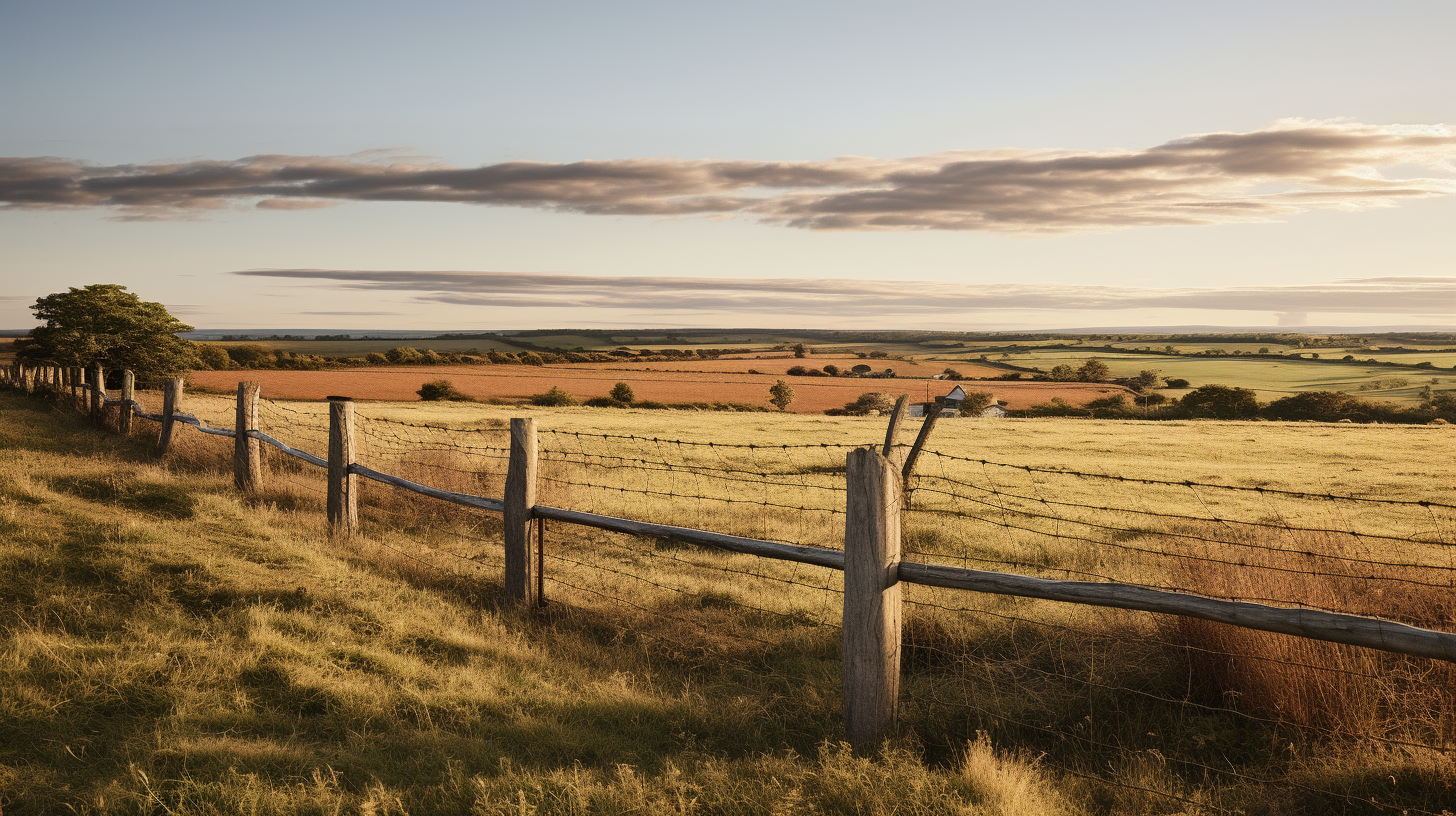
Ask A Surveyor
Public Group
Public Group
Active 2 hours ago
If you are a landowner seeking advice from surveyors, please post your questions and issues here.... View more
Public Group
Group Description
If you are a landowner seeking advice from surveyors, please post your questions and issues here. DISCLAIMER: All surveying-related questions should be consulted with someone licensed in their jurisdiction and hired for professional services. The answers provided here are not to be construed as official advice from a professional that you would otherwise obtain in your local area.
Understanding old deeds
Understanding old deeds
Posted by cowpatty on December 25, 2019 at 11:23 amDeed from 1903 says, “….Thence S 2/3 W 308 Varas to a stake……”
Does this translate to, “..Thence South .667 degrees West 855.5 ft to a stake..” ?
cowpatty replied 4 years, 4 months ago 10 Members · 18 Replies- 18 Replies

Not from Texas but S 2/3 W seems like S 60?ø W. Happy Holidays! ????
If the 2/3 refers to a fraction of a single degree, then it would be a far smaller concern. That would represent 40 minutes as being 2/3 of a degree (60 minutes) Over the distance of 855.5 feet that would suggest a movement of 10 feet to the right from what would have been straight South. The concern comes with the relative precision of the angle measurement to the distance measurement. Measuring to half of a foot is rather precise compared measuring to the nearest third of a degree. Had the scribe said one instead of two-thirds the deviation would have been 15 feet to the right of straight South. If he had said one-third, the deviation would have been only about 5 feet to the right of South. So, being plus or minus five feet to the left or right of the reported position is quite a bit.
It’s useless to speculate on the meaning of the 2/3 without having the context of the full description to see if it closes on itself under one or another interpretation.
And to be sure, the description of the adjoining parcel should be compared.
.
Bill93 is correct about my error discussion. Measuring to the nearest vara is much cruder than to the nearest foot. There are about 2.7777 feet in a vara so rounding up or down to the nearest whole vara allows for a figure of up to 1.3888 feet either way from the reported number of varas. Still, the angular measurement to the nearest 1/3 degree is about three times cruder than the measurement to the nearest vara. Combining the slop in the angular and distance measurements allows for a sizable error ellipse.
Comparing units in surveying is a bit like comparing units in pharmacy matters.
British Apothecaries’ weights and conversions
(pre-imperial-based version, until 1864)[16]Weight
(abbreviation)pound
(??, ????)ounce
(?)dram
(drachm)
(??)scruple
(??)grain
(gr)1 ?? 12 ? 96 ?? 288 ?? 5,760 gr 1 ? 8 ?? 24 ?? 480 gr 1 ?? 3 ?? 60 gr 1 ?? 20 gr metric equivalent 373 g 31.1 g 3.89 g 1.296 g 64.8 mg Being able to measure to a smaller unit accurately can be very important. We run into similar issues, especially as we must consider the date of the drafting of the original description (prescription). Did not know until today that there once were only 12 ounces in a pound.
Any chance the 1903 deed is based on an older document? Even the 1903 document may be based on a compass and chain survey. The S 2/3 W may mean 2/3 of the way to West or 2/3 of 90?ø ( S 60?ø W) look at the rest of the description and check for prior deeds to determine the meaning.
A very old cemetery near here had a bearing on one side of something like North 88-3/4 East. That is why I thought the fraction is probably of only one degree, not ninety degrees. But, one thing about surveying, you always need to consider that what was written may not be interpreted correctly on the first try.
In 1903 the surveyor used a compass with markings to 1 degree and a vara tape.
Following that with a TS or GPS will not give you the results that were obtained in 1903.
Be it that the monuments are found or can be restored to the original location, you would only be updating the metes of the description.
My guess would be S 60 degrees W; I doubt in 1903 the measurer would have been worried about 2/3rds of a degree. I would think they would have just said South – 308 varas. Would be curious to see what the bearing and distance of the courses before and after the one you listed says.
I think it’s most likely 2/3 of a degree, probably read by estimation on a 1 degree compass. It’s a bit odd because typically they used 1/4, 1/2, 3/4. Often old descriptions like that were the actual unadjusted field measurements. That is what the Surveyor actually read and measured on that line.
I could be wrong, but seems like I recall a TX surveyor that used to post here mentioning this format in relation to TX railroad lands. Meant something particular and not what you would guess. Degrees/declination? Maybe I’m imagining things.
I think your drawing is a good interpretation. Having the whole description certainly makes it a lot clearer that they are talking about fractions of a degree.
If the north and south sides are nominally parallel and same length, and the east and west sides the same length, then east and west sides should be parallel also. Having a difference in bearings of 1/2 + 2/3 degree makes the error of closure about 17.4 feet. So something isn’t as accurate as the expressed precision.
If you make the sides parallel to be rectangular, the area is 18.15 acres, which serves as a pretty good check on the interpretation.
.My guess is, the writer of the description has the same problem we do. It was likely written from various records without benefit of the evidence on the ground. This also looks like there will be some interesting details in the order of creation of the various lines.
I would avoid falling in love with a solution until you have the creating documents of each line and a thorough search for evidence in the field. Looks like a lot of fun..
Yes, frustratingly fun. Unfortunately I currently live a days drive from the land and the town where records are kept.
I have been researching and educating myself as much as I can without going up there.
I’m glad to know my sketch isn’t too far off. That one is one of 6 tracts and probably the simplest one of the bunch.
It takes me many attempts and fresh starts to understand the details given in the information I have. Even then I don’t
know if I am understanding things correctly. When I do have the time to go see about the land I expect I’ll be well prepared and know
what records I need to look for.
Cowpatty
Log in to reply.
